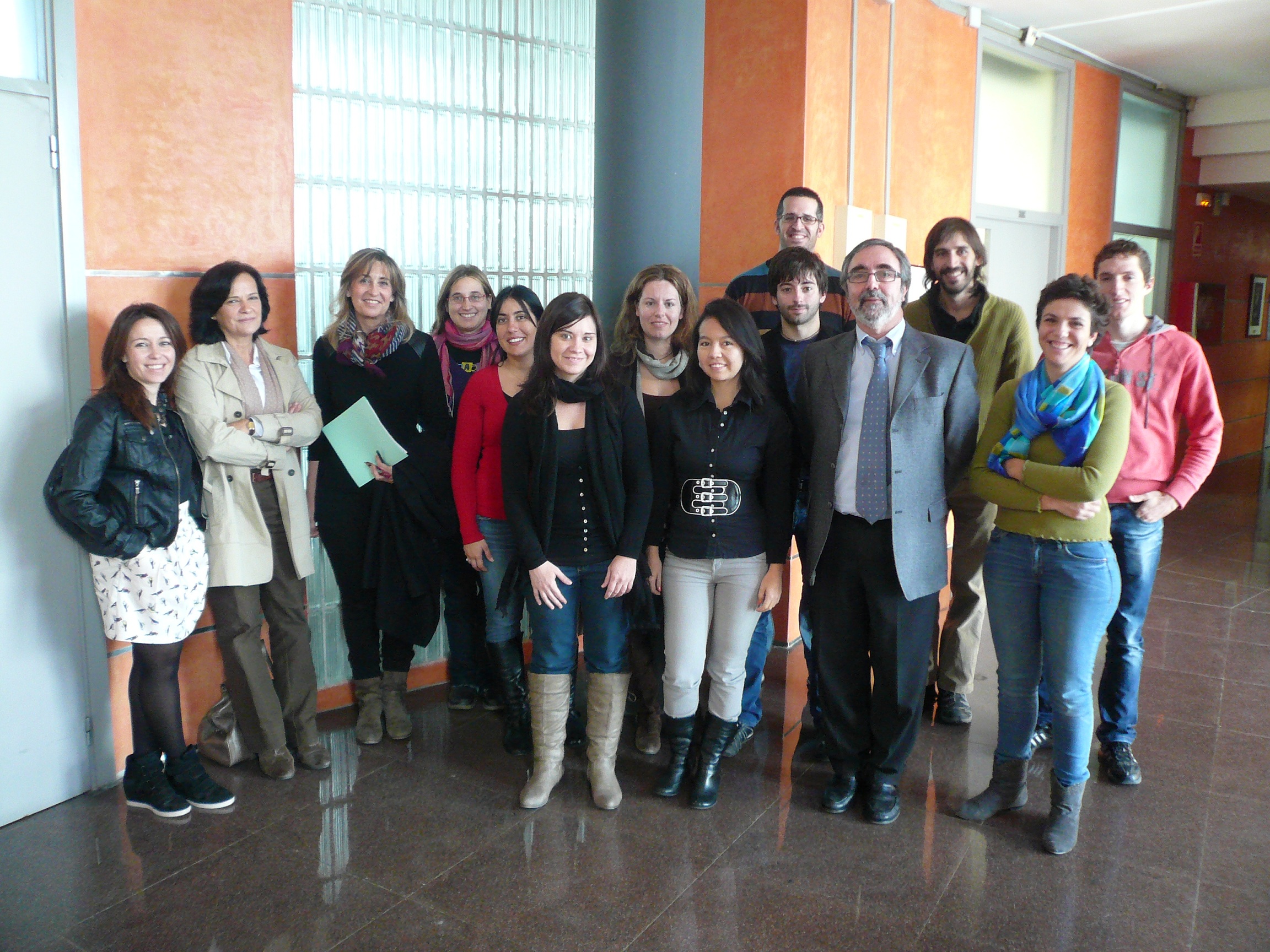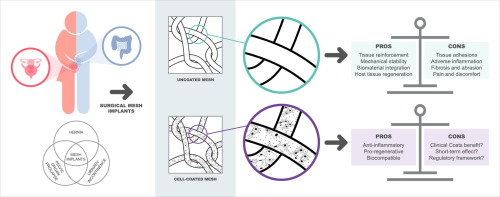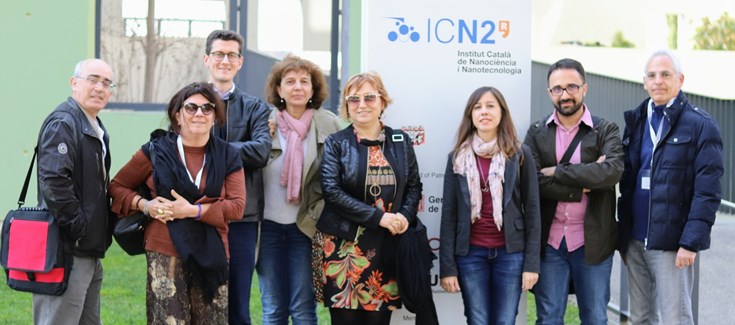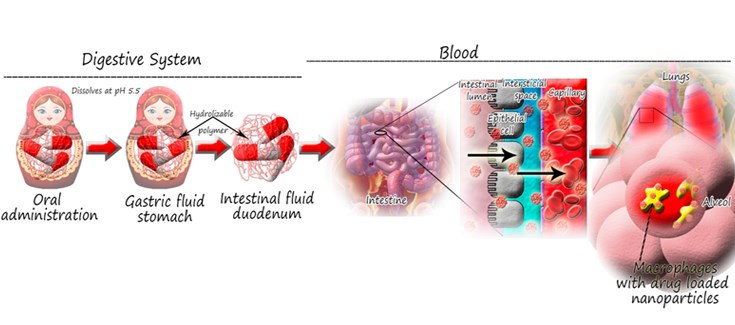Laura Lechuga, Scientific Director of NANBIOSIS Unit 4 is interviewed by CIBER Bulletin
Laura M. Lechuga, group leader of the CIBER-BBN at the Catalan Institute of Nanoscience and Nanotechnology (ICN2) and Sccientific Director of NANBIOSIS Unit 4 Biodeposotion Unit explains her research in an interview to CIBER Bulletin













